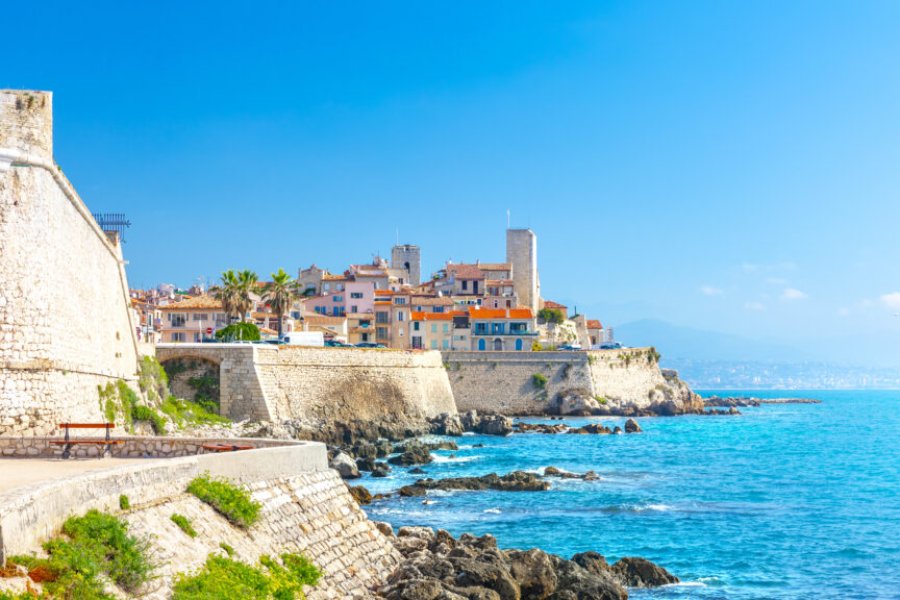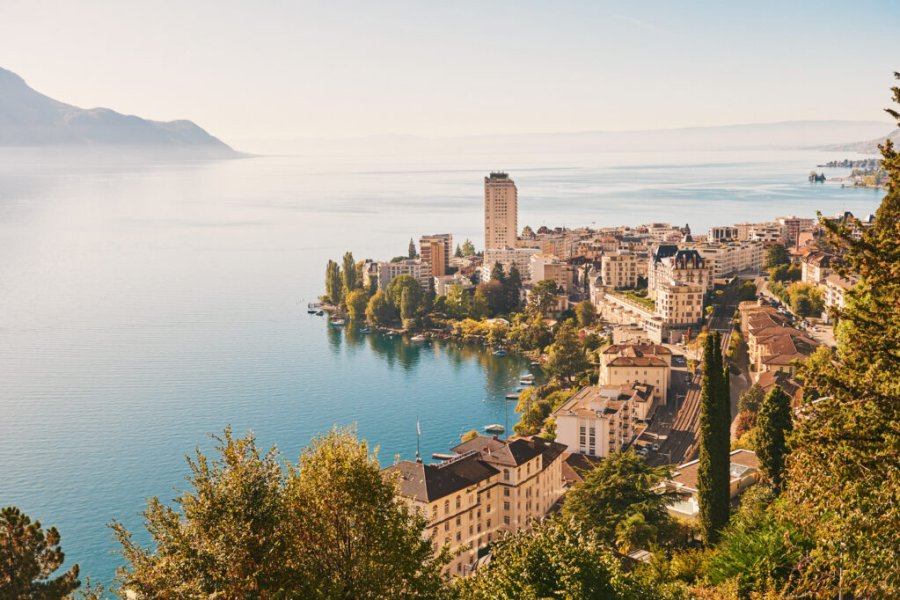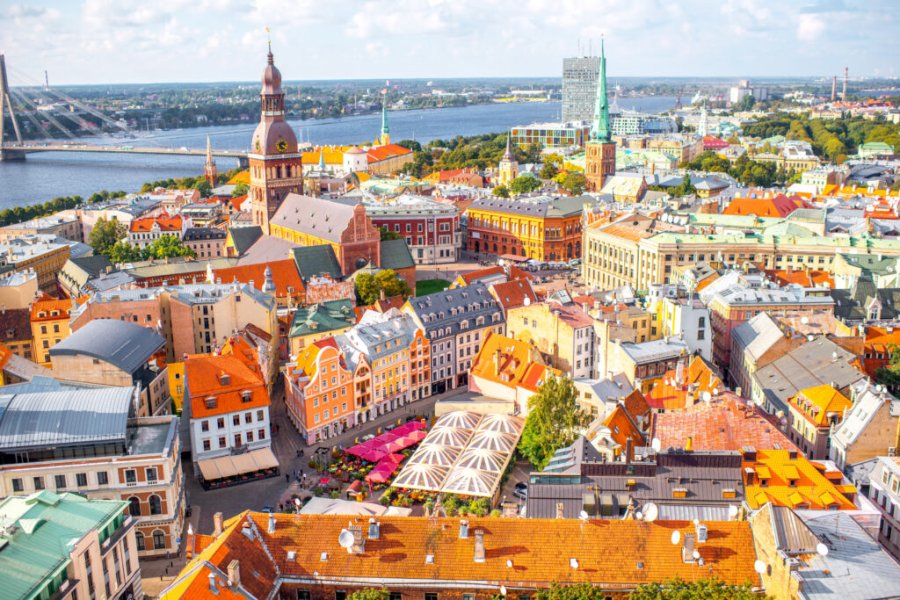A journey through time: indigenous peoples and the Spanish conquest
Highlights of the trip
During your stay you can enjoy the following highlights: Culture / Heritage, Discovery.
Best times to go
The best time(s) to go is/are : Printemps, Automne, Hiver.
Where to stay - Omoa ?
The map of your stay "A journey through time: indigenous peoples and the Spanish conquest"
Detail of the stay : A journey through time: indigenous peoples and the Spanish conquest
How to get there - Omoa
Don't miss the Museum of Anthropology
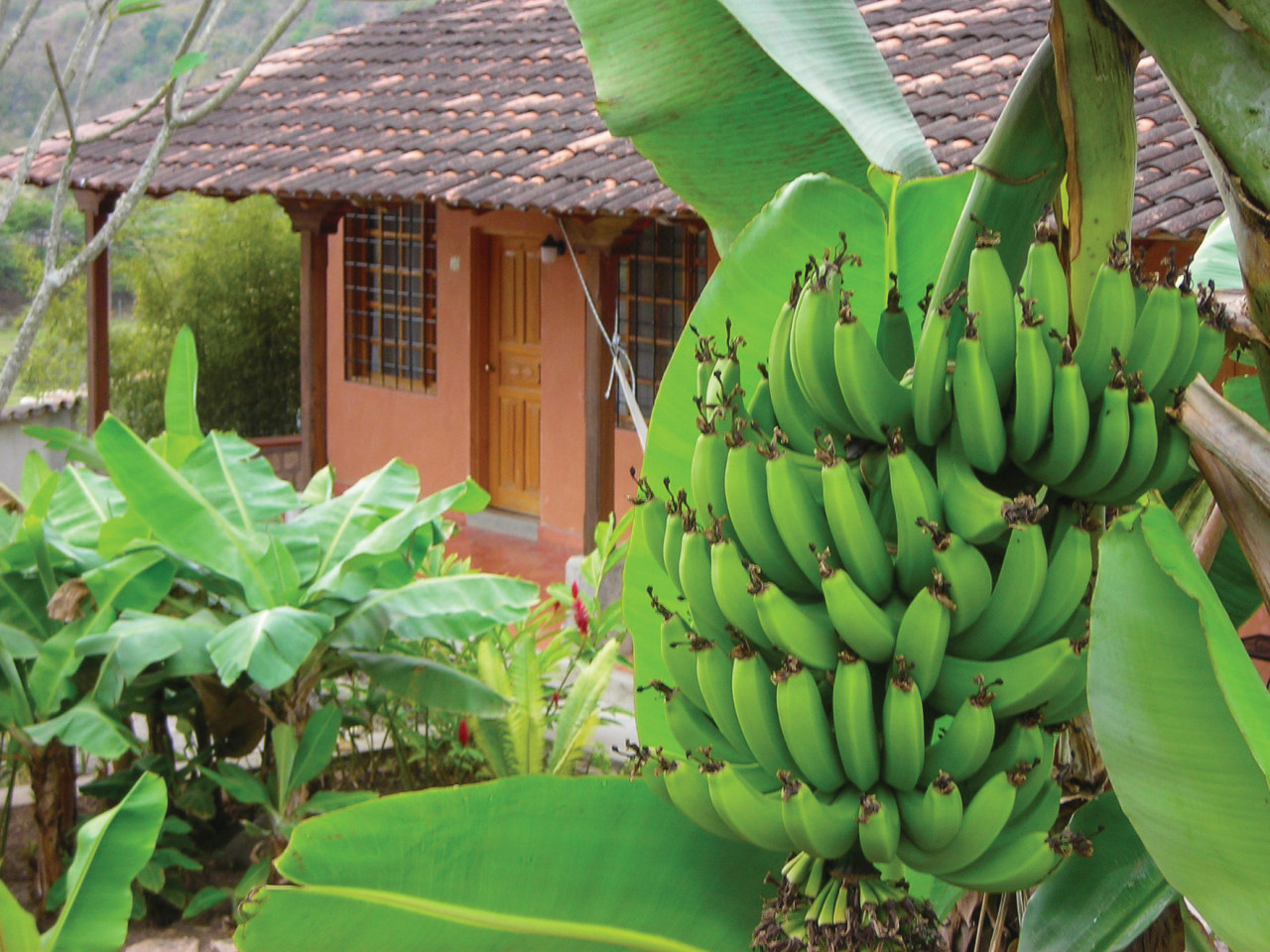
Steps: San Pedro Sula
San Pedro Sula. For a nice introduction, take the time to visit the very good Anthropology Museum of San Pedro Sula. If you are a fan of forts, war stories and pirates, you can try a half-day excursion to admire the few remains of the Fort of Omoa (north of San Pedro Sula on the coast).
Rest in the thermal waters
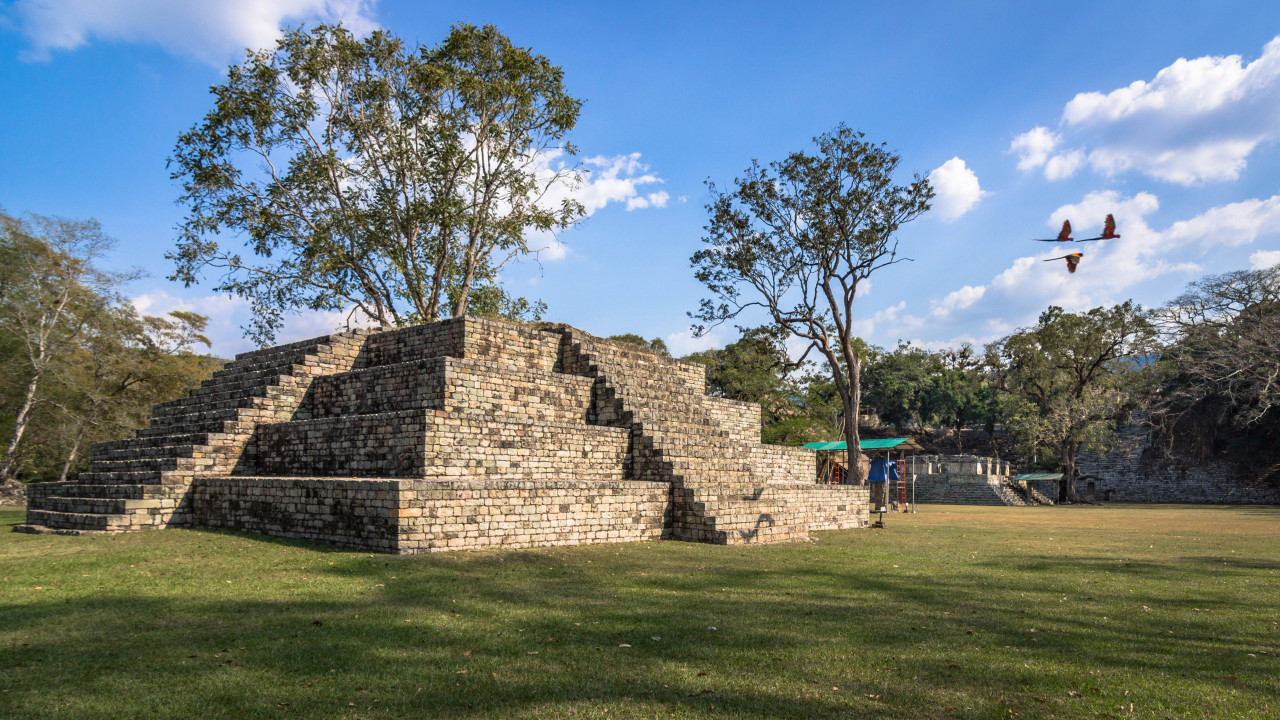
Steps: Copán Ruinas
Copan Ruinas. Head towards the village of Copan Ruinas. Stroll through the alleys of this charming village with its colonial architecture. If you feel too much fatigue due to the effects of jet lag, go and recharge your batteries in the thermal waters. Alternatively, you can visit a coffee plantation or the digital museum of ruins in the main square.
In the footsteps of the Mayans
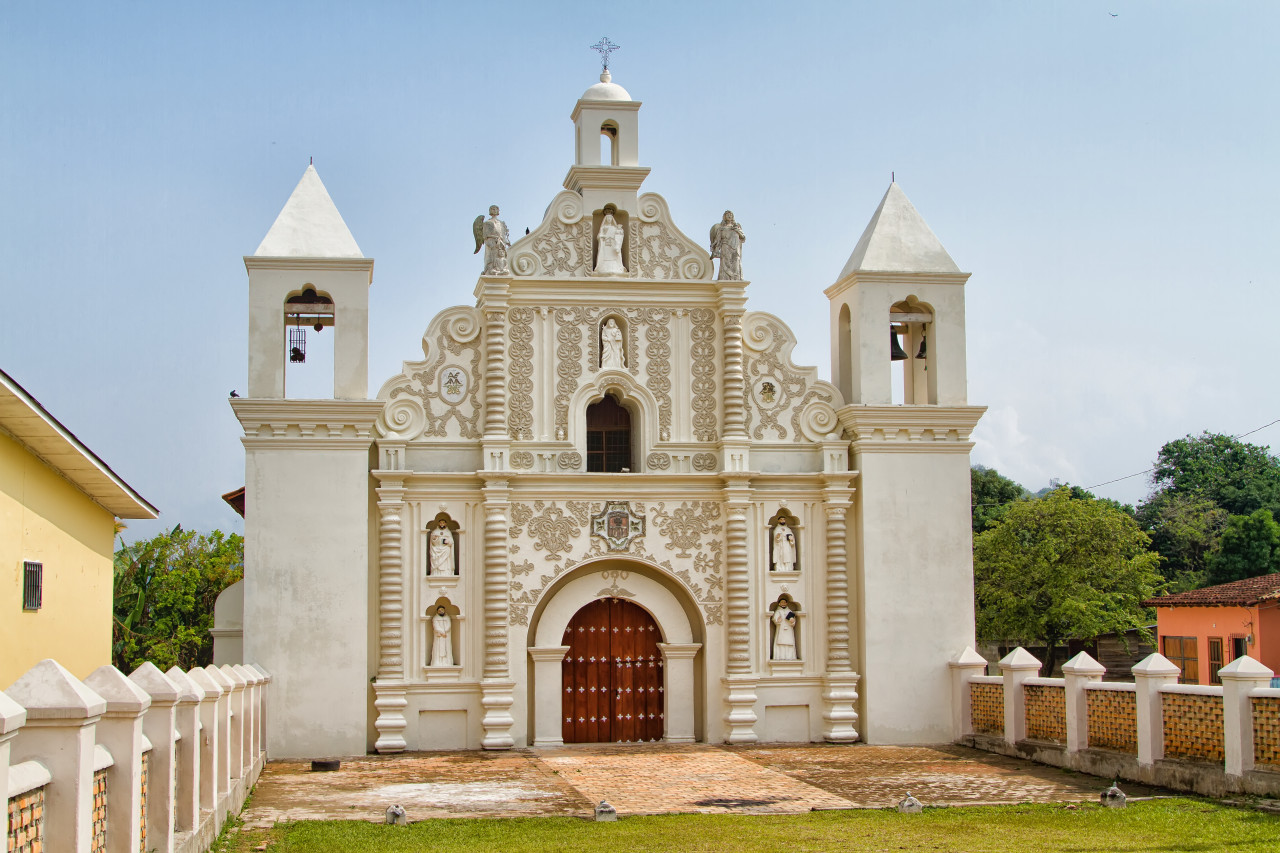
Steps: Copán Ruinas
Copan Ruinas. The Mayan ruins of Copán, a UNESCO World Heritage Site, are among the most beautiful archaeological sites in Central America. Plan a full day to explore them, preferably with a guide. Don't miss the magnificent sculpture museum and its life-size and colourful reconstruction of the Rosalila temple. If you are an archaeologist, you should know that other archaeological sites surround the main site such as las sepulturas.
Places of interest : LAS SEPULTURAS
First colonial village
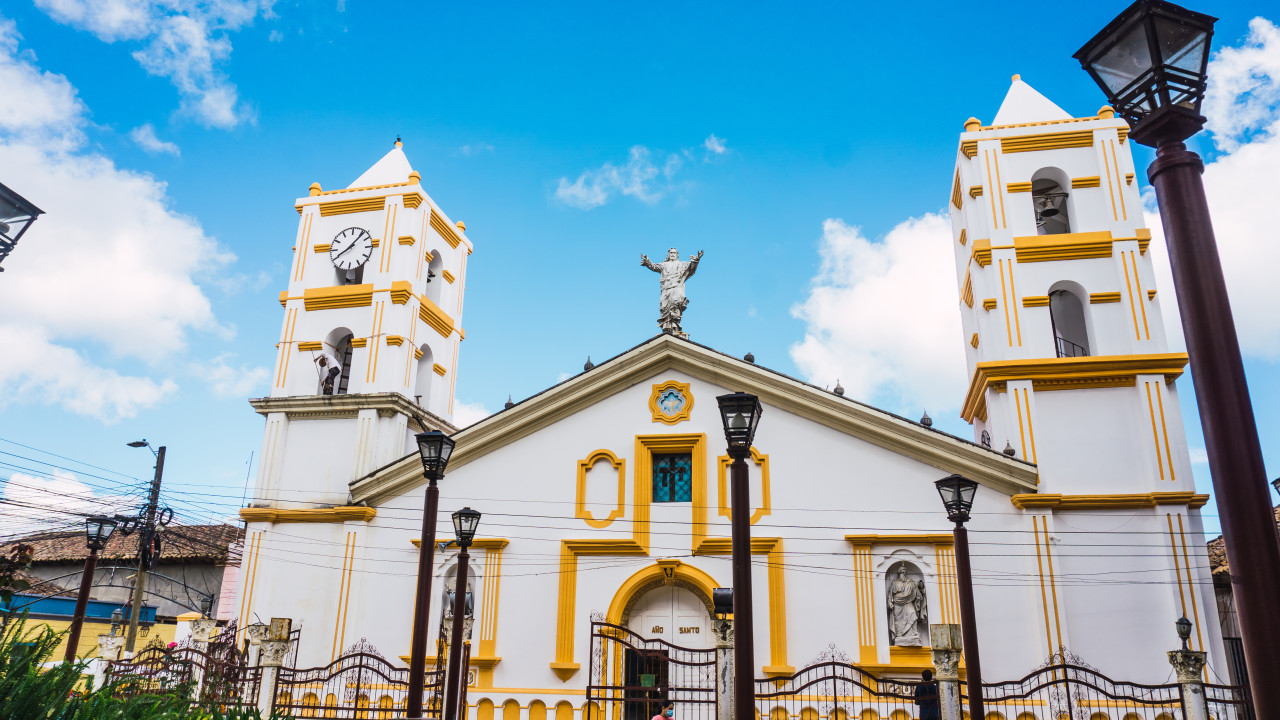
Steps: Gracias
Gracias Lempira. The first colonial village founded in Honduras, Gracias Lempira in the grip of authentic traces, and restoration work in progress should gradually restore its lustre of yesteryear. The surrounding area offers wonderful walks: in the National Park of Celaque, or to the small villages with magnificent colonial architecture and rich cultural and artistic heritage. The Lencas formed the most important indigenous group in Honduras during the Spanish Conquest. Most of their customs have disappeared over time, but today's communities have not forgotten their rich cultural and natural heritage.
Current home of lencas traditions
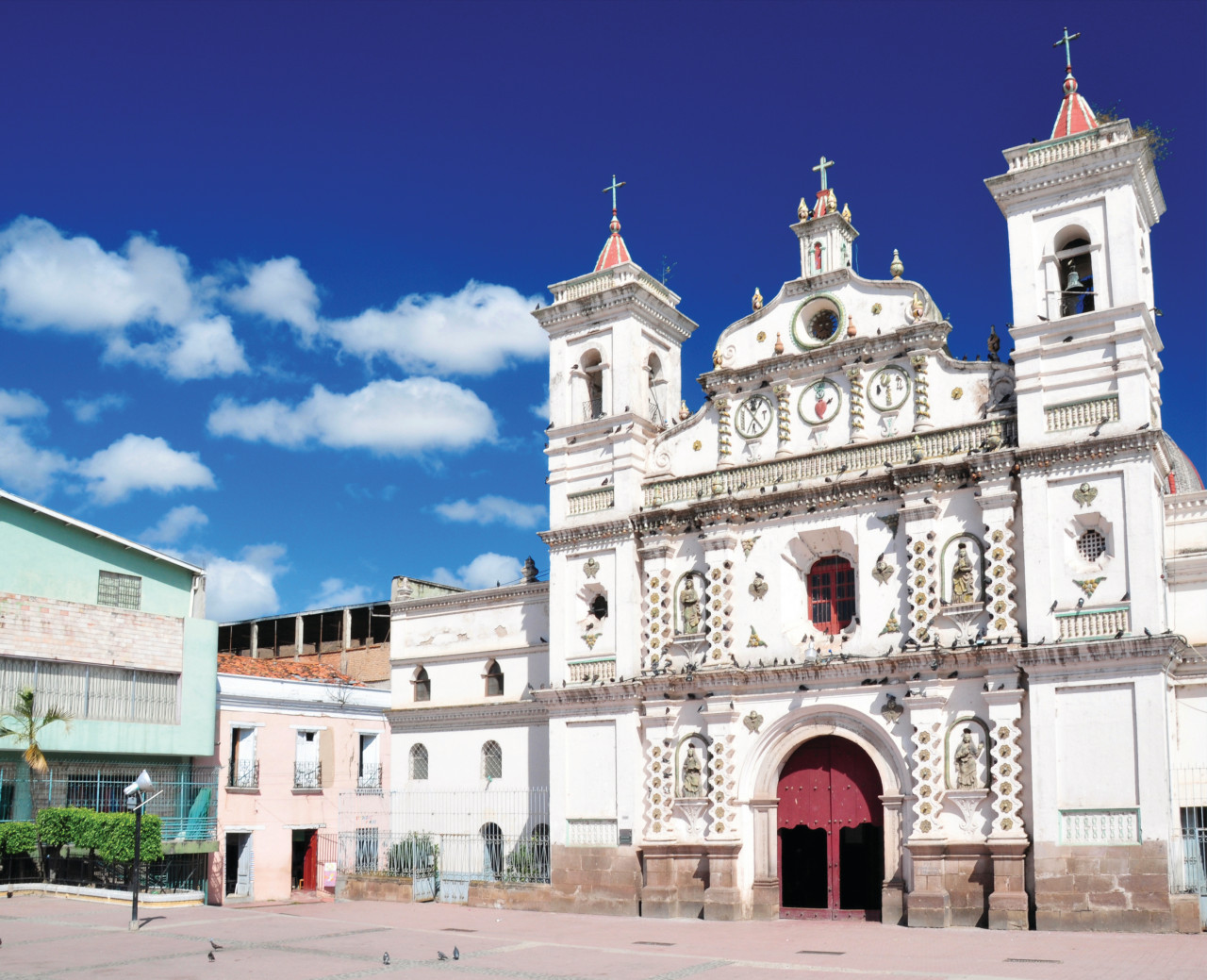
Steps: Comayagua
La Esperanza. Located at 1 980 m above sea level, La Esperanza is the capital of the Intibucá department in the heart of the Lenca region. The city was established in 1848 on an indigenous settlement site. The lencas traditions are particularly rooted. The market is colorful and interesting. A few colonial streets give a certain stamp to the centre, it is pleasant to spend a couple of hours in the centre of the city. You can also go directly to Comayagua.
The most beautiful of the cathedrals
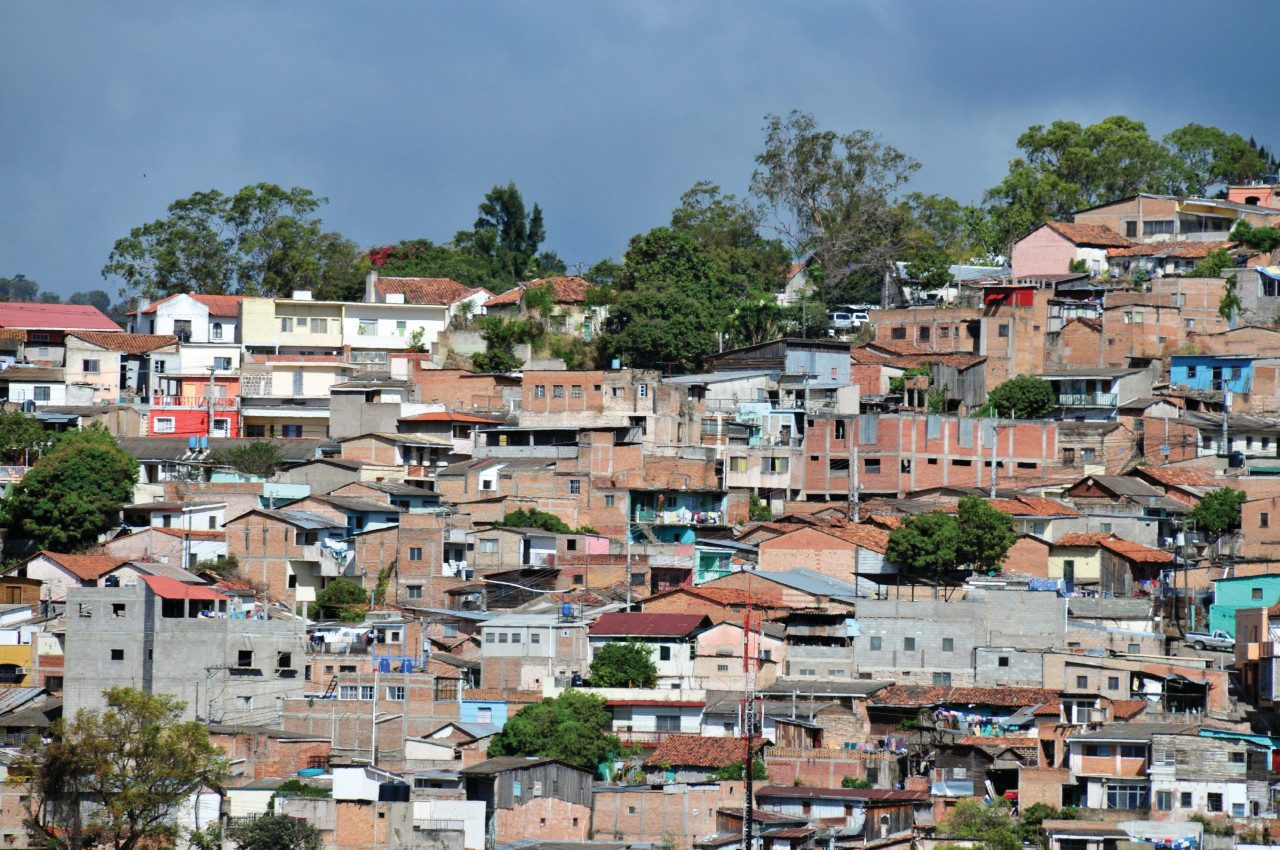
Steps: Comayagua
Tegucigalpa. On the way to the capital, make a stop in Comayagua. Little visited by foreign tourists, the country's former capital has undergone a successful facelift in recent years to restore its rich colonial heritage. The result is eloquent (a pleasant new central square). At the same time, many facades have been or are in the process of being rehabilitated. Santa Maria Cathedral is the largest and most beautiful of all the cathedrals built in Honduras.
Museum of National Identity
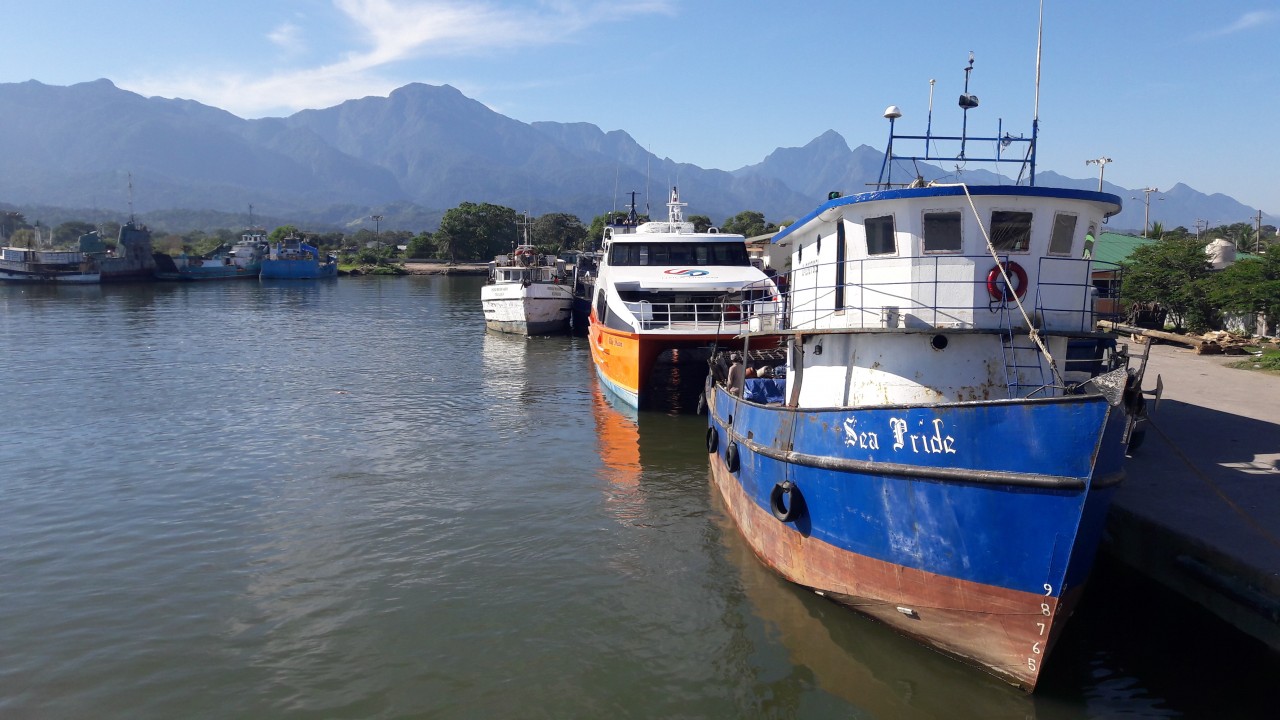
Steps: Ojojona
Tegucigalpa. Honduras' political capital is not the most beautiful city in the world, but its historic centre, its many churches and its museum of national identity are worth a visit. If you like colonial villages and want to buy handicrafts, you can go on an excursion to the villages of Valle de Angeles or Ojojona.
Places of interest : MUSEO PARA LA IDENTIDAD NACIONAL DE HONDURAS
Heading for the Atlantic coast
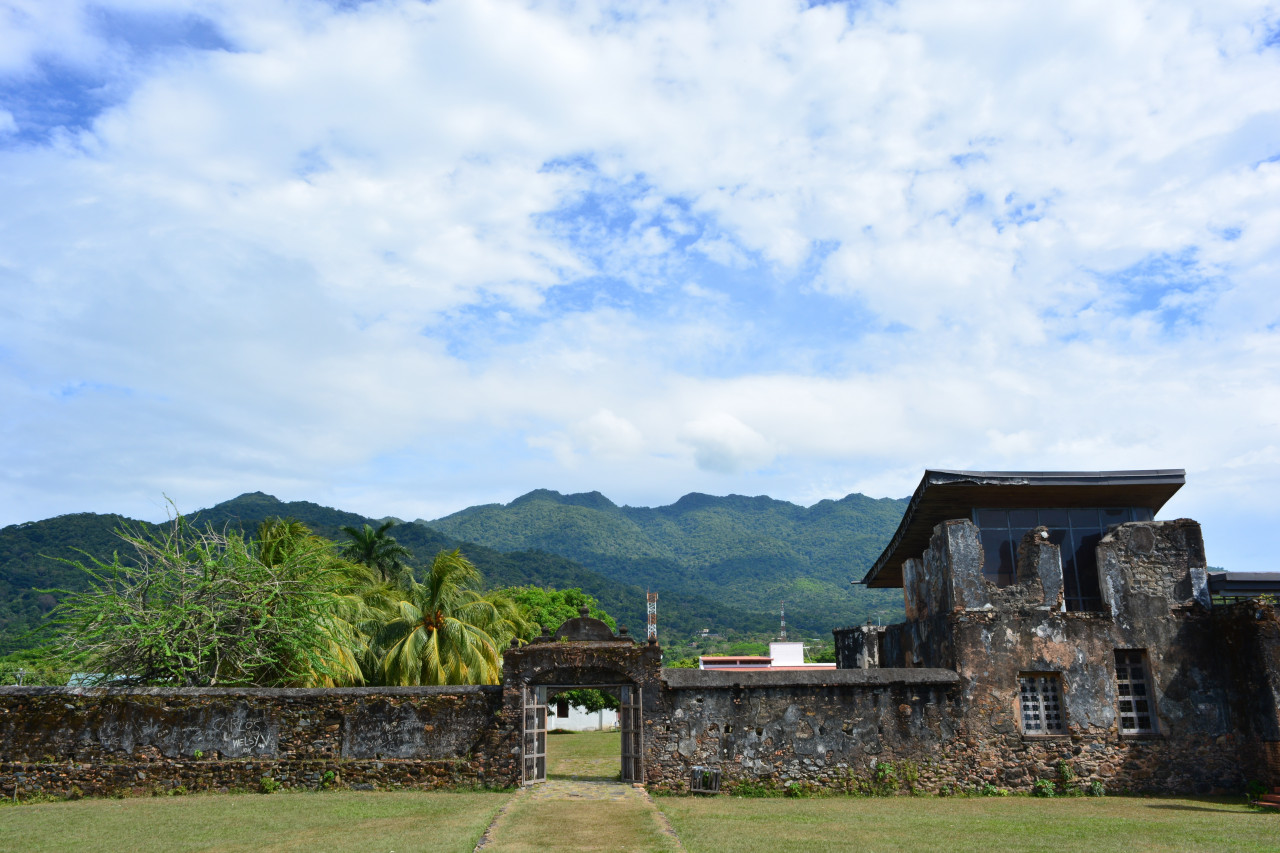
Steps: Trujillo
The Ceiba-Trujillo. Take a flight to La Ceiba, then a pickup truck or mini-bus that runs along the coast eastwards towards Trujillo.
Spanish conquest and pirates
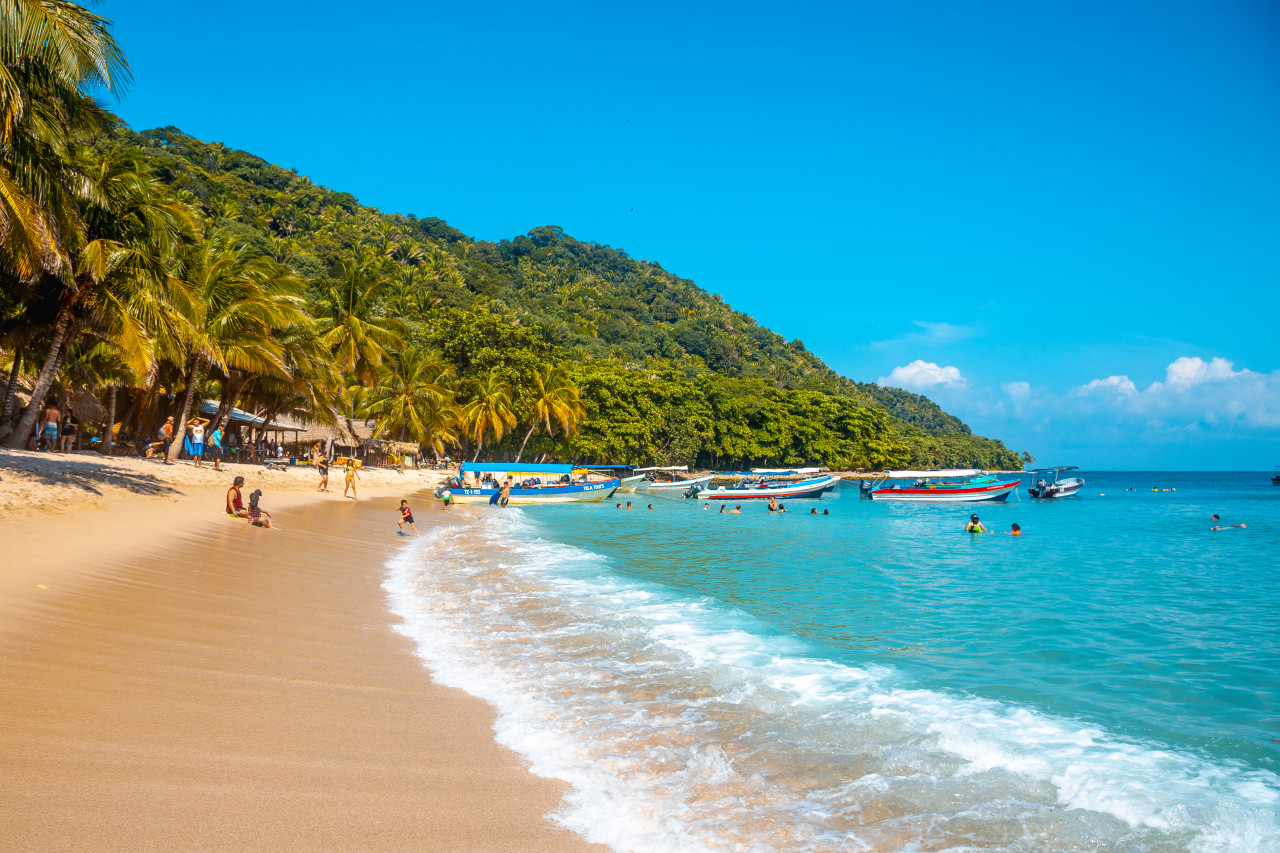
Steps: Trujillo
Trujillo. It was in the area that Christopher Columbus first set foot on the territory of the New World in 1502, celebrating the first Mass in the Americas. Then Juan de Medina officially founded the city 23 years later on the site of the Guaimura indigenous settlement. For a few decades, Trujillo asserted itself as the capital of Honduras, stirring up the envy of pirates. You can observe the remains of its fort and visit its small interpretation museum.
Garifuna culture
Steps: Cayos Cochinos
The Ceiba or Tela. Discover the Garifuna culture in one of the villages around La Ceiba, such as Sambo Creek or the islets of Cayos Cochinos. Community tourism initiatives allow you to learn to cook with them or go fishing. The Garifunas are the result of a crossbreeding between escaped African slaves and indigenous people.
Places of interest : SAMBO CREEK
Relax at the beach
Steps: Tela
. Spend a day relaxing on one of the beautiful beaches around Tela before the return.









